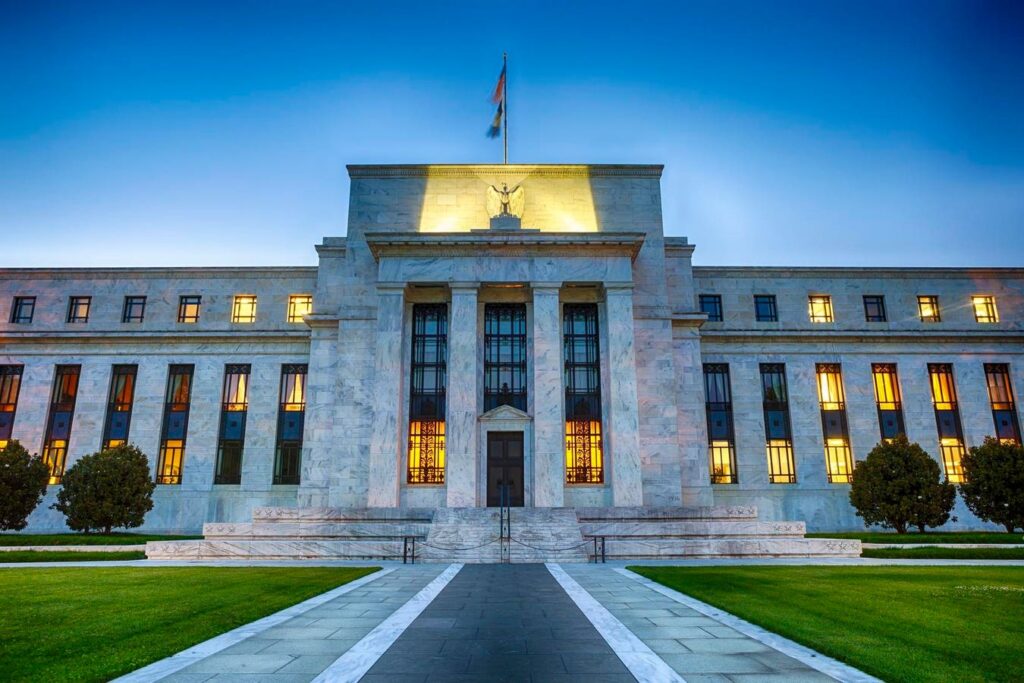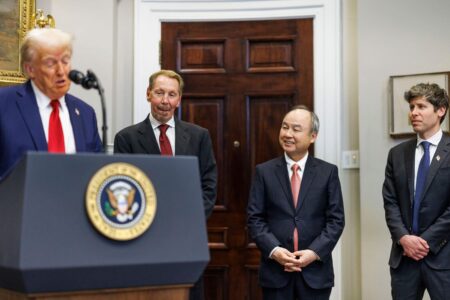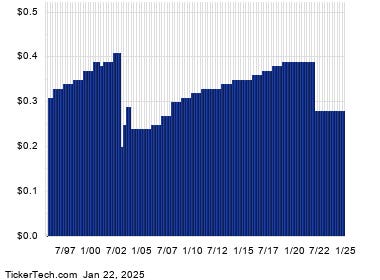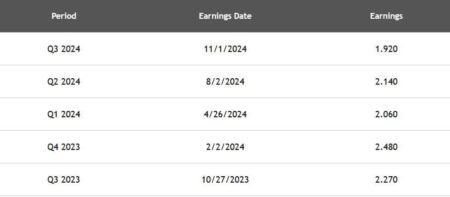People are still fixated about the interest rate moves. Interest rates up markets down, interest rates down markets up. Interest rates are generally considered the be all and end all of monetary policy.
This is old hat.
As any payday loan shark will tell you, it is the availability of money not the interest rate that is important. Conversely, what is the use of 1% interest rates if no one will lend you money? We think of the availability of money for borrowing as simply a function of a borrower’s salesmanship or collateral or even the toughness of the lender, and in the old model that works just fine. However, in the modern world it’s more a case of the availability of money rather than anything else.
When money is easy lenders run out of good people to lend to and conversely, when money is tight lenders run out of money to lend to good borrowers. As such, today it is the availability of cash to lend that is key rather than a percentage point of interest here or there. On the margin the rate counts but QE and QT are king because they control availability of cash or in modern parlance liquidity. Interest rates are a big deal in the very long term but in the short term, when for example many corporations send IOUs to their banks just to get the cash to make payroll, the liquidity necessary to make this apparently precarious sort of situation possible is much more important. Without the access to liquidity cash there is no long term. This is what the ballooned Fed balance sheet is all about. It ballooned because the Federal Reserve used it as a way of taking long term uncash-like debit and turning it into instruments with more cash-like properties.
Ultimately, the extremities of the macroeconomic response to the pandemic caused inflation, and to drag inflation-causing cash out of the system the means by which it was created, expansion of the federal Reserve’s balance sheet, had to be reversed.
That is what has been happening. Here is the full process so far, care of the Fed’s site:
As an aside, the Federal Reserve is bringing down its balance sheet at roughly $1 trillion a year. So normality resumes nominally in three years. But if you roll in inflation that will be perhaps just two years. Yet along the lines of fun facts, blowing up the balance sheet has proved to be a life saver in two major economic emergencies so you could forgive folks for imagining a large balance sheet might not be the work of the devil that needs to be cast out. We will see, however, while this chart shows the Fed’s plan at work, there is another that shows the criticality of this process and that is where we need to look for the canary in the U.S. economies economic coal mine.
Here it is.
The reverse repo.
What is it? It’s a graph of excess money in the system. How, why? When the system makes too much money, banks end up with cash they can’t lend. They don’t want to have it sloshing around and the central bank offers them a home for it with a nice interest rate. This is what the “reverse repo” is, a deposit account for the excess money in the system; it’s a way of keeping the case out of trouble, so to speak. So here is a long-term chart of it to give context, care of the New York Fed:
If you relate to this representing excess money and you consider the Federal Reserve’s balance sheet, you can see the Federal Reserve reeling in inflation in these two charts.
You can also see that while the Fed is unwinding its balance sheet it is slowing its pulling of cash from the market. Be assured, it has plenty of clever ways to manipulate money supply, it’s what it does.
Optically, you can guess it’s queasy about throwing the economy into recession, so it is leaving a margin of too much money in the systemin much the way it did 2014-2018.
The recent drop of 0.5% in interest rates and the recent deceleration of tightening shown by the reverse repo suggests the regulators feel they have reached a pivot point.
For the investor and trader, however, the procession of the repo and balance sheet are indicators of the long-term direction of travel for Fed policy.
I would suggest these charts together sketch a policy of looser money than many expect and therefore a little more lively inflation than is publicly targeted. It also shows a proactive policy of not crashing markets, which of course is a lovely safety net to have under any investor.
The next way point in post-election. If the Fed is actually diverging from long-term policy it will be because of the election and attempting to lower the rise of any emergency in the run up to it. Therefore, it would go back on track after the next president is selected and that will appear in new trajectories in these charts.
While there are plenty of matters to keep investors up at night right now, the Fed is not one of them. What is more, they telegraph their intentions and their actions are updated in these charts every week and it is from these charts that all others flow.
Read the full article here











